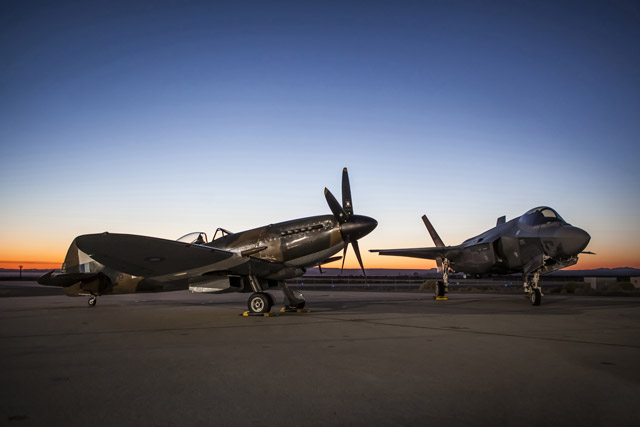As the UK Parliament's defence select committee opened a formal inquiry into the proposed merger between British aerospace and defence industry leader BAE Systems and EADS, the Franco-German Airbus parent, the latter's chief executive Tom Enders made a presentation on the deal to members of Germany's Bundestag - which seems to have left parliamentarians in Berlin with more questions than answers.
With elections looming, Berlin is thought to be increasingly anxious about the plan to create a $100 billion business 60% owned by EADS, half of whose shares are controlled or directly owned by the French, German and Spanish governments.
 |
|---|
| Lockheed Martin |
Reports indicate that German government officials are far from ready to approve the deal, which some believe undervalues EADS - a 70:30 split is more accurate they say - and raises a stark contradiction between Enders' apparent assurance that German jobs are not at risk and insistence that the days of government influence over the company formed a decade ago by merging national aerospace industry champions must end.
Paris, meanwhile, appears to be more sanguine and in London key figures including Prime Minister David Cameron are thought to be open to a merger, but the obstacles remain substantial.
Any of the European governments could veto a deal on national security grounds, and private investors in both companies have yet to come out in favour of the plan. Two of the apparent justifications for the merger are that BAE's essentially all-defence portfolio would help EADS break away from what it has repeatedly declared to be an over-reliance on Airbus civil aircraft sales, which accounted for more than two-thirds of 2011 revenue. The other is that by combining with EADS and its predominately civil revenue stream, BAE would enjoy some protection from the ongoing - and accelerating - downturn in defence spending in its principal UK and US markets.
However, many observers doubt the strength of synergies between the merger partners, a position that is highlighted by their revenue figures.
According to Flight International's Top 100 aerospace industry analysis by PwC, of BAE's £19.2 billion ($32 billion) revenue in 2011, less than half - about 47% - came from aerospace. The rest came from business lines including military shipbuilding and land vehicles, and in both of those categories BAE is a major supplier to the UK armed forces.
Joseph Lampel, professor of strategy at City University London's Cass business school, reckons that "on balance" the merger will happen, but stresses that while it makes "structural sense" it will be a mammoth task to devise a governance structure that accommodates very different company cultures and a transatlantic relationship in sensitive defence technologies.
Much, therefore, depends on attitudes in Washington DC, says Lampel. Nearly half of BAE's revenue today stems from its US-based businesses, with the Pentagon being a major customer. Thus, says Lampel, if BAE were subsumed into EADS there may be unease at the prospect of US taxpayers effectively subsidising a European rival to their domestic defence companies.
Source: Flight International
















